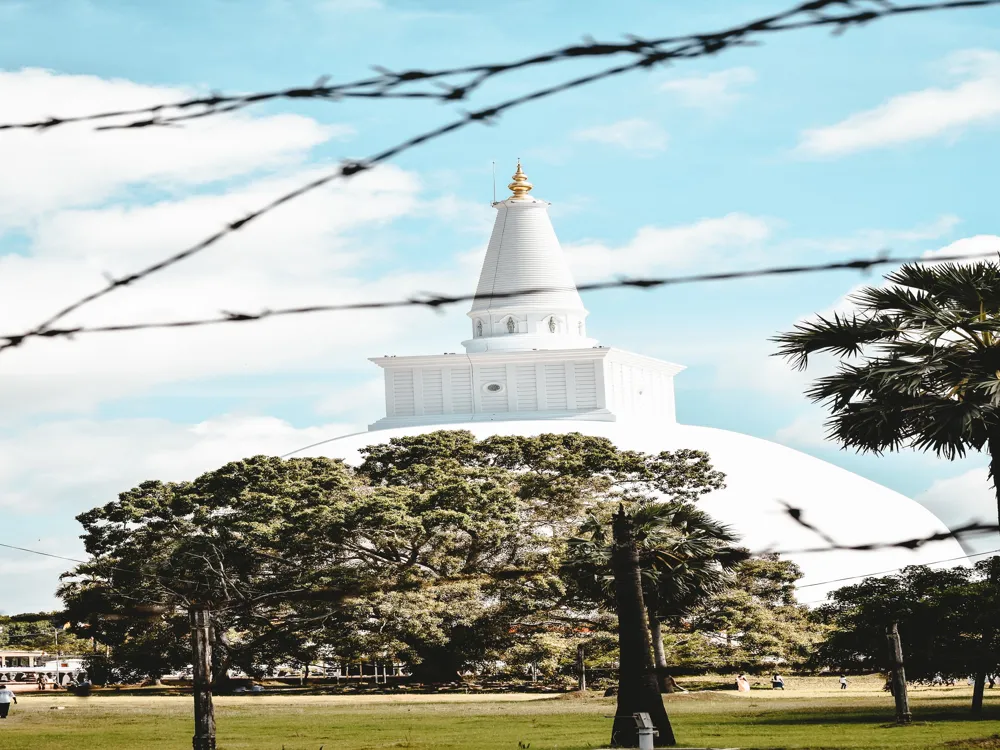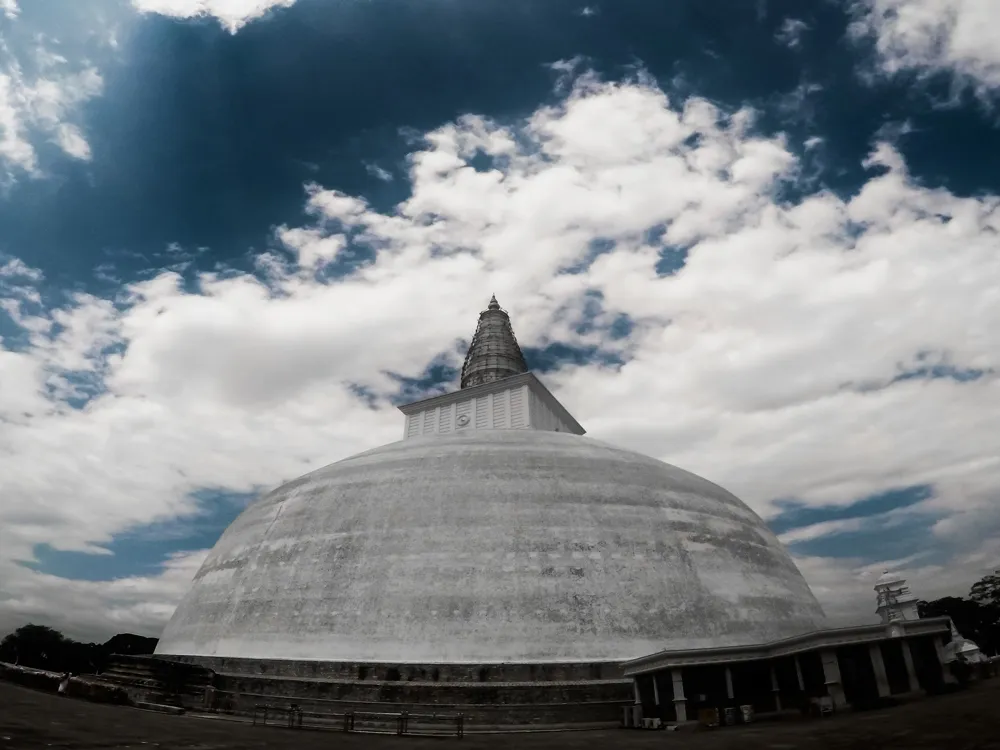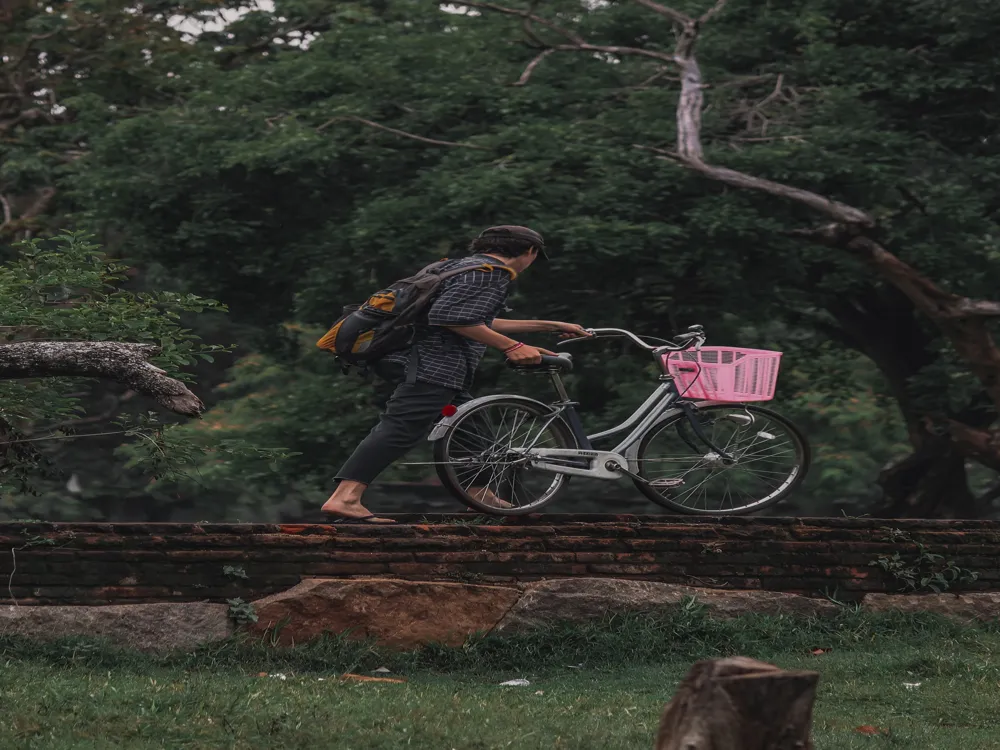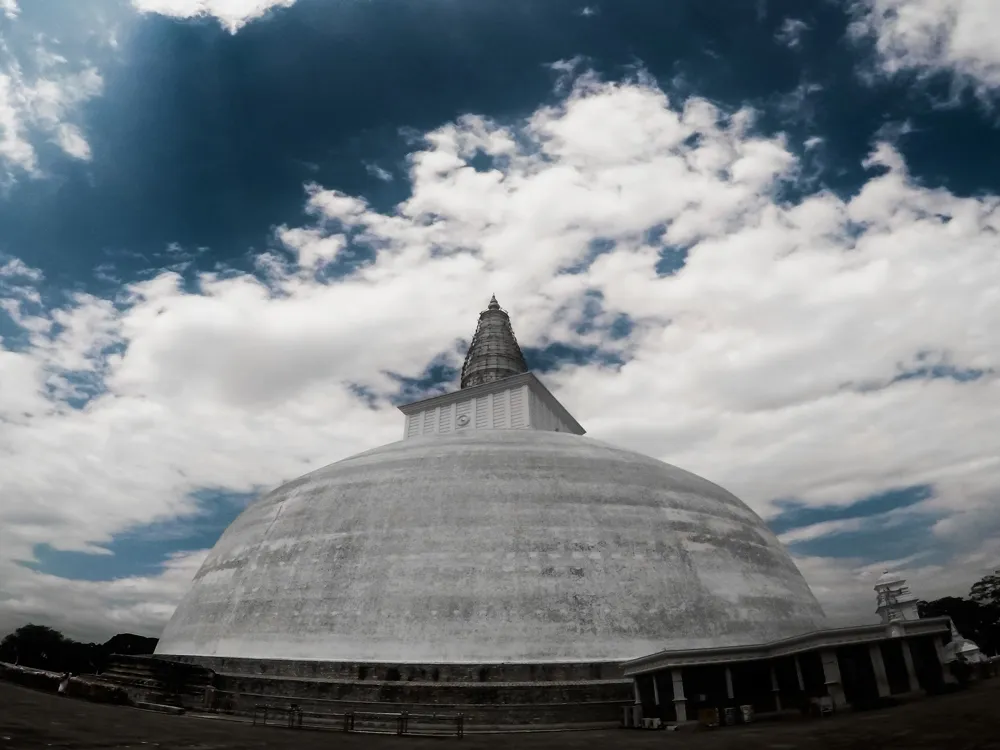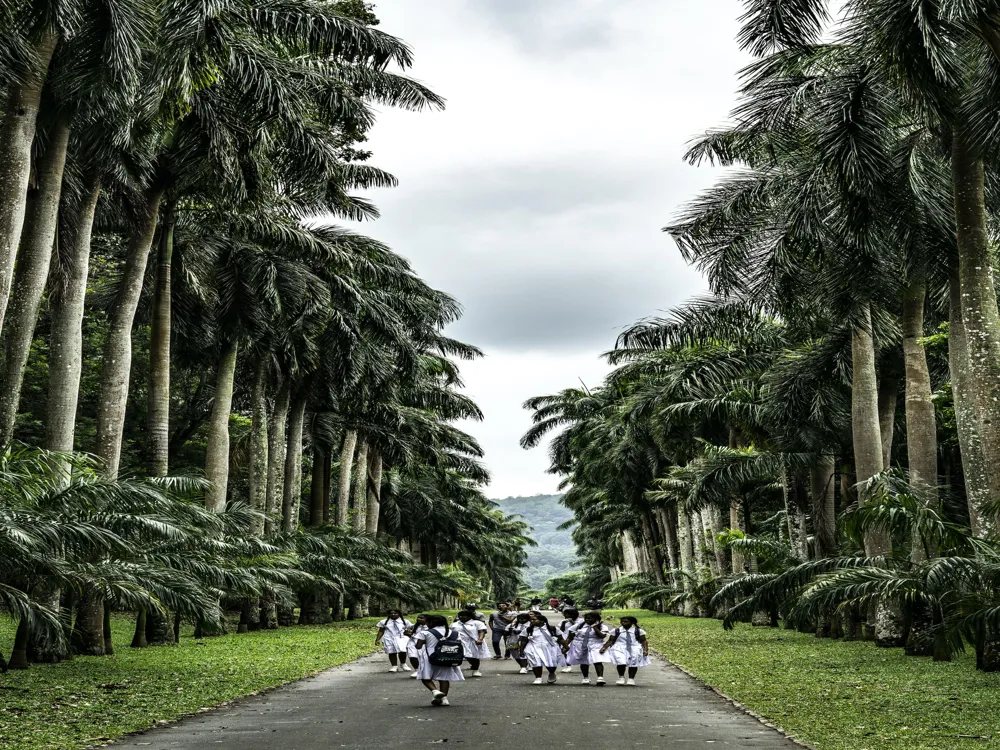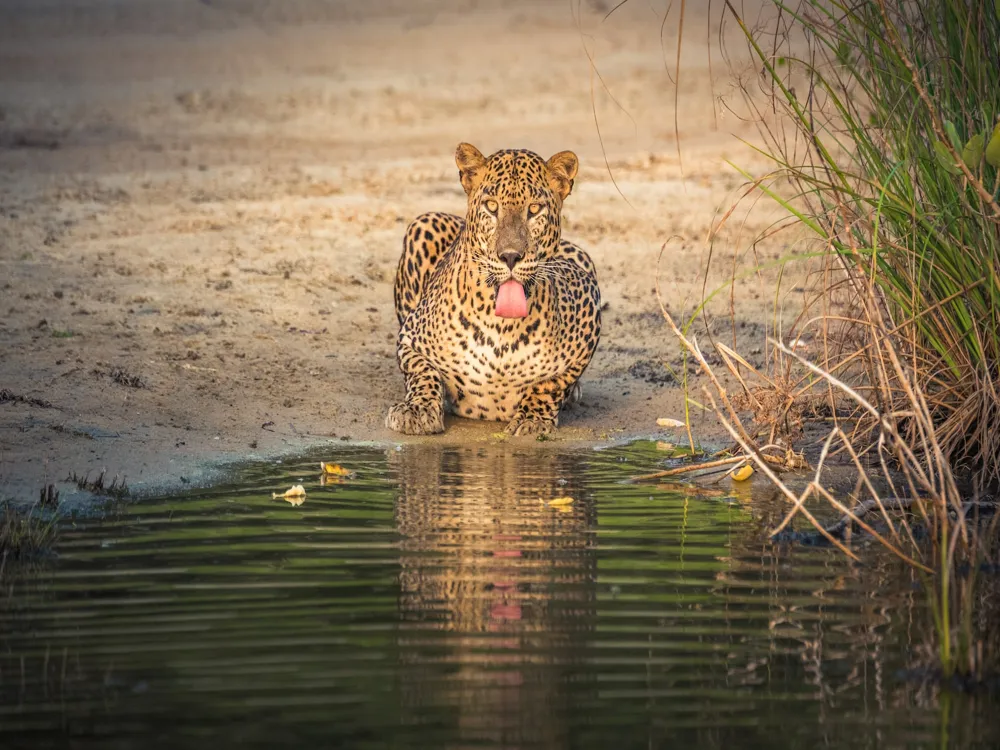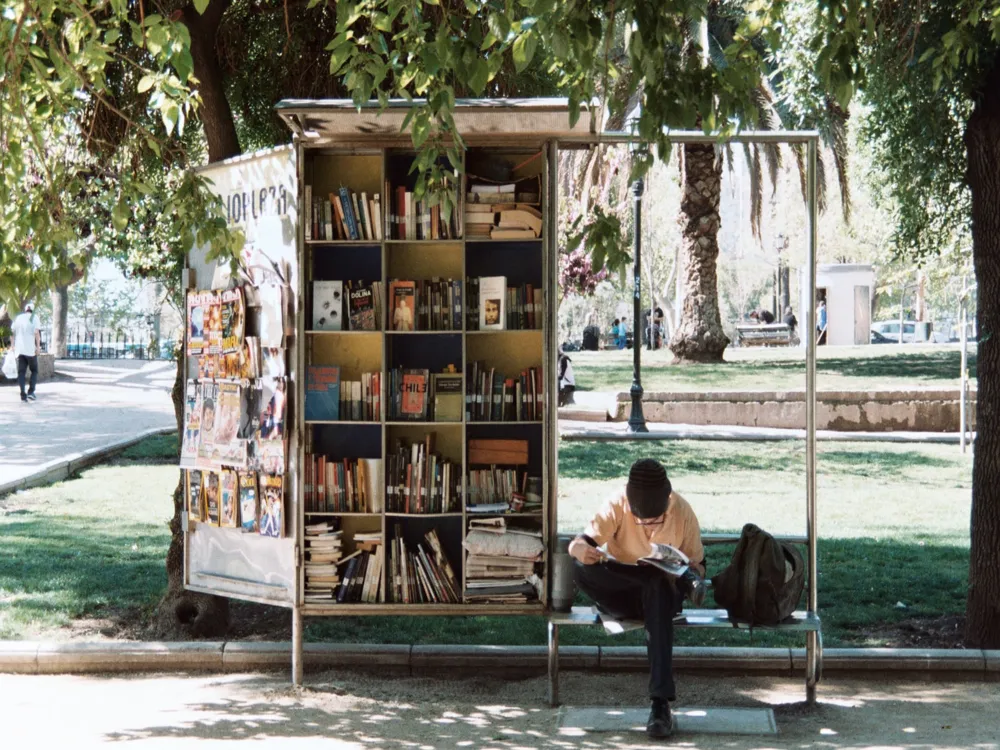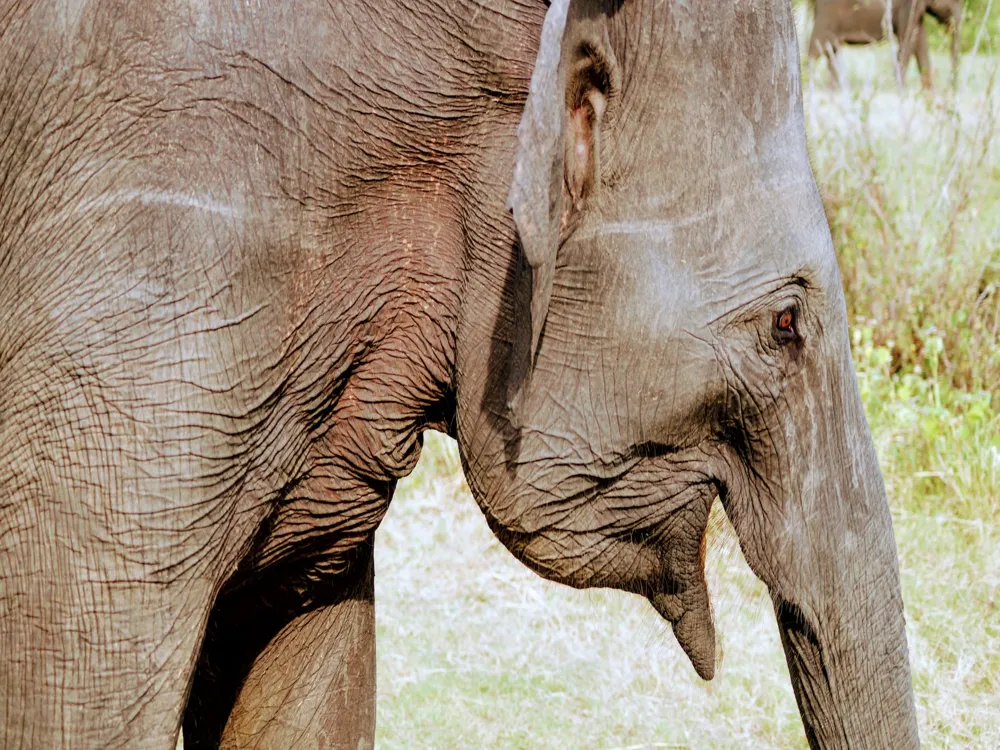The Sri Maha Bodhi in Anuradhapura, Sri Lanka, is not just a symbol of spiritual significance but also a beacon of historical and cultural importance. This sacred fig tree is revered as a direct sapling from the original Bodhi tree under which Lord Buddha attained enlightenment. Dating back to the 3rd century BC, it stands as the oldest living human-planted tree in the world with a known planting date. The tree has witnessed the ebb and flow of various kingdoms and civilizations, making it a profound testament to resilience and faith. The Sri Maha Bodhi has been meticulously cared for over centuries. Historical records indicate that King Devanampiya Tissa played a pivotal role in planting and nurturing this sapling, sent by Emperor Ashoka of India as a gesture of goodwill and to spread Buddhism. The tree is not just a religious symbol but a living chronicle, embodying the continuity of Theravada Buddhism and its deep roots in Sri Lankan culture. Visiting the Sri Maha Bodhi is a journey through time, offering a unique opportunity to connect with history and spirituality. The atmosphere around the tree is serene and imbued with devotion, as pilgrims from around the world pay homage. It's not merely a tourist destination but a pilgrimage site, where the faithful gather to seek blessings and partake in rituals that have been performed for over two millennia. The architecture surrounding Sri Maha Bodhi is as captivating as the tree itself. The sacred complex is an amalgam of various structures that reflect the architectural evolution of Anuradhapura over centuries. The tree is encased in a golden railing, symbolizing its sacredness. Adjacent to it are several stupas, intricately carved stone pillars, and statues that add to the spiritual ambiance. The main feature of the site is the Bodhi tree terrace, a raised platform with beautifully carved guardstones and balustrades. This terrace is not just an architectural element but a vantage point for pilgrims to view the sacred tree. The ancient kings of Sri Lanka added various buildings and embellishments to the complex, each reflecting the architectural styles and materials of their era. From stone carvings to brick stupas, the diversity in design is a testament to the rich architectural heritage of Sri Lanka. The layout of the temple complex is a study in ancient urban planning, designed to accommodate large gatherings during religious festivals. The juxtaposition of natural elements with man-made structures creates a harmonious blend, resonating with the Buddhist philosophy of coexistence with nature. Visitors should wear modest clothing that covers shoulders and knees as a sign of respect in this sacred site. While photography is allowed, it should be done respectfully and without causing disturbance to worshippers. Observing and participating in the rituals can be a profound experience, but it's important to do so respectfully and without intrusion. Sri Maha Bodhi is located in the ancient city of Anuradhapura, which is accessible by various modes of transportation. Visitors can reach Anuradhapura by road, rail, or air. The city is well-connected by a network of buses and trains from major cities like Colombo and Kandy. For those preferring a quicker route, domestic flights to Anuradhapura are available. Once in the city, local transportation such as tuk-tuks or taxis can be used to reach the temple complex. Read More:Overview of Sri Maha Bodhi
Architecture of Sri Maha Bodhi
Tips When Visiting Sri Maha Bodhi
Dress Appropriately
Photography Guidelines
Respect the Rituals
How To Reach Sri Maha Bodhi
Sri Maha Bodhi
Anuradhapura
₹ 21,999 onwards
View anuradhapura Packages
Anuradhapura Travel Packages
View All Packages For Anuradhapura
Top Hotel Collections for Anuradhapura

Private Pool

Luxury Hotels

5-Star Hotels

Pet Friendly
Top Hotels Near Anuradhapura
Other Top Ranking Places In Anuradhapura
View All Places To Visit In anuradhapura
Faq on Anuradhapura
What is Sri Maha Bodhi?
Sri Maha Bodhi is a sacred fig tree located in Anuradhapura, Sri Lanka. It is believed to be a cutting from the original Bodhi tree under which Lord Buddha attained enlightenment in Bodh Gaya, India.
Why is Sri Maha Bodhi significant?
It is considered the oldest living human-planted tree in the world with a known planting date, symbolizing enlightenment, peace, and wisdom. It holds immense religious importance for Buddhists worldwide.
Who brought the Sri Maha Bodhi sapling to Sri Lanka?
The sapling was brought to Sri Lanka by Sanghamitta Theri, the daughter of Emperor Ashoka of India, making it a significant historical and religious artifact.
What historical events are associated with Sri Maha Bodhi?
Sri Maha Bodhi has witnessed the rise and fall of several kingdoms in Sri Lanka, survived various natural disasters, and has been a focal point for numerous Buddhist ceremonies over centuries.
What rituals are performed at Sri Maha Bodhi?
Various religious rituals are performed daily, including Puja (offerings) and Vandana (worshipping and chanting), especially on Poya Days (full moon days), which hold special significance in Buddhism.
View anuradhapura Packages
Anuradhapura Travel Packages
View All Packages For Anuradhapura
Top Hotel Collections for Anuradhapura

Private Pool

Luxury Hotels

5-Star Hotels

Pet Friendly
Top Hotels Near Anuradhapura
Other Top Ranking Places In Anuradhapura
Faq on Anuradhapura
What is Sri Maha Bodhi?
Sri Maha Bodhi is a sacred fig tree located in Anuradhapura, Sri Lanka. It is believed to be a cutting from the original Bodhi tree under which Lord Buddha attained enlightenment in Bodh Gaya, India.
Why is Sri Maha Bodhi significant?
It is considered the oldest living human-planted tree in the world with a known planting date, symbolizing enlightenment, peace, and wisdom. It holds immense religious importance for Buddhists worldwide.
Who brought the Sri Maha Bodhi sapling to Sri Lanka?
The sapling was brought to Sri Lanka by Sanghamitta Theri, the daughter of Emperor Ashoka of India, making it a significant historical and religious artifact.
What historical events are associated with Sri Maha Bodhi?
Sri Maha Bodhi has witnessed the rise and fall of several kingdoms in Sri Lanka, survived various natural disasters, and has been a focal point for numerous Buddhist ceremonies over centuries.
What rituals are performed at Sri Maha Bodhi?
Various religious rituals are performed daily, including Puja (offerings) and Vandana (worshipping and chanting), especially on Poya Days (full moon days), which hold special significance in Buddhism.







